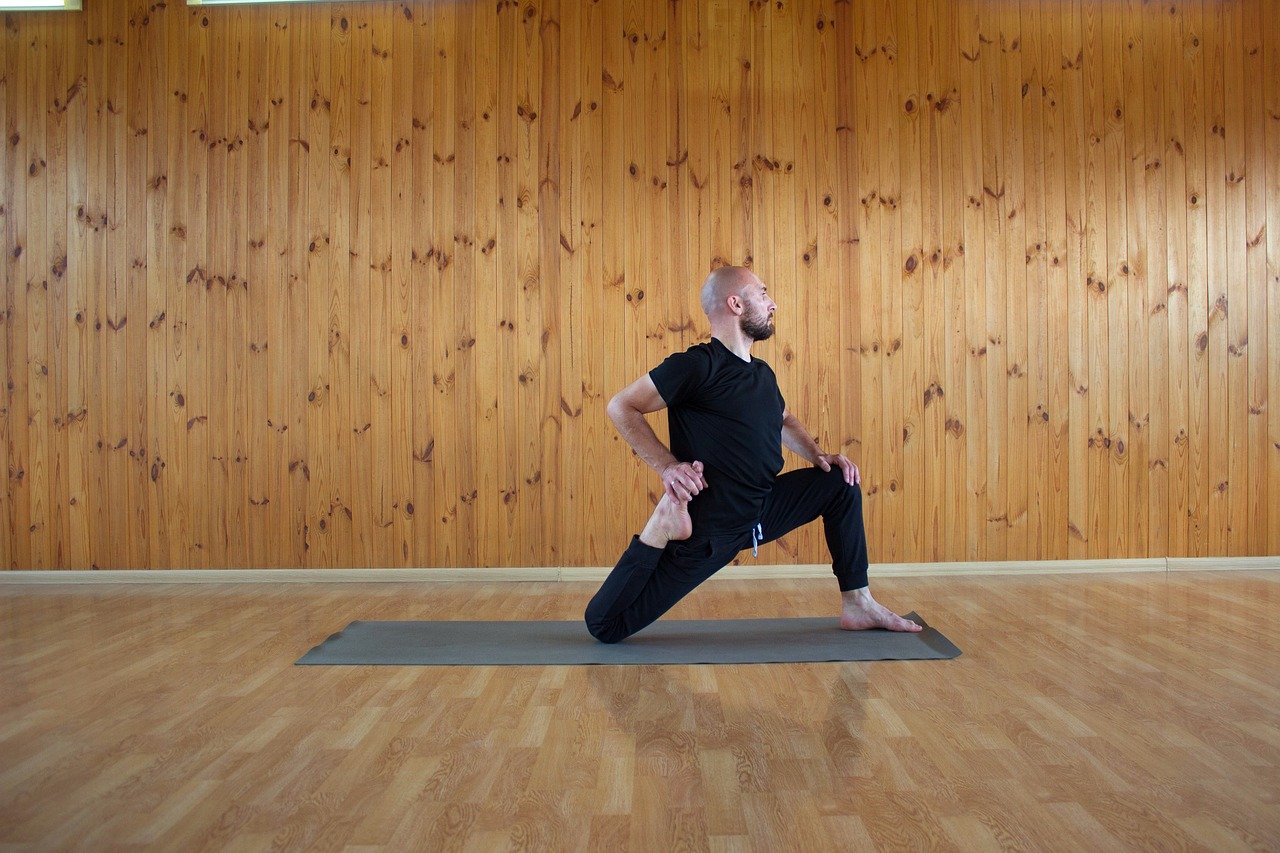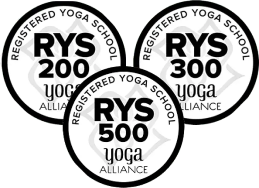
In the modern times a lack of understanding and interest among many as to what the purpose of the path and practice of Yoga is and what the philosophy behind its practice is. Most individuals think of it as being a primarily physical practice which can weaken and alleviate various mental and physical imbalances and disorders. This in itself makes it worthwhile to learn, understand and practice.
However, these affects of the physical practice of Yoga are not the primary objective of Yoga. In fact, they are only one benefit from its practice. The philosophy that Yoga is built around goes much deeper then this.
Yoga
The science and practice of Yoga is built around the philosophy that the mind has defilements which lead to ignorance, suffering, confusion and pain. This ignorance, confusion, suffering, and pain leads to debelitated states of conciousness that can harm ourselves and others. The purpose of the various practices, techniques, disciplines and components of Yoga is to weaken and alleviate these defilements.
These mental defilements are five in number. They are spiritual ignorance, attachment, aversion, egoism, and clinging to life.
The manifestation of these defilements is affected by the quality of our mental and physical energy. In Yoga, this quality of mental and physical energy is known as the “GUNAS”.
There are three gunas.
They are lazy, dull , inert ( Tamas ), active, passionate ( Rajas ) and balanced , harmonious, luminous ( Sattva ).
The various teachings and practices of Yoga make an individual balanced and harmonious, thereby weakening these defilements. We acheive this sattvic state through the holistic practice of Yoga., that is, practicing the six components that are looked at in this notes of mine.
For many of us, teh quality of the energy, these gunas, fluctuates throughtout the day and througgout our life. The things that have conditioned this quality of energy involve many things. This includes our upbringing, our past and present experiences, our patterns of thinking and feeling, our habits regarding sleep, diet and leisure activities and our attitudes to others and the world.
As the state and quality of this energy is changed through the practice of Yoga, the defilements are also weakened.
The teachings, disciplines, practices, and components of Yoga recondition the conciousness so it is more concentrated and skillful. When the conciousness is concentrated, those things that darken and disturb it are weakened. What darkens and disturbs the conciousness are the defilements. It is the weakening and eventual alleviation and ending of these defilements that is the objective of the path and practice of Yoga.








